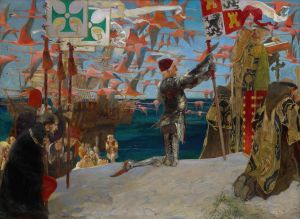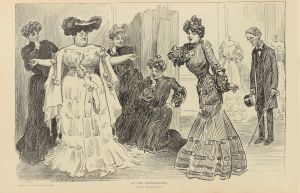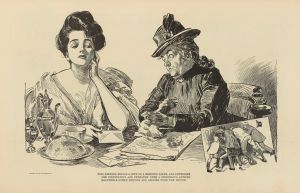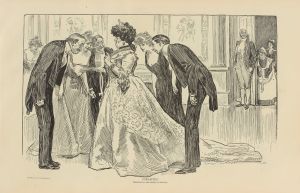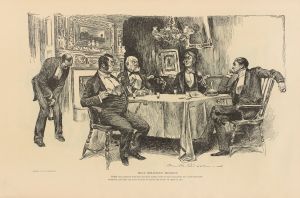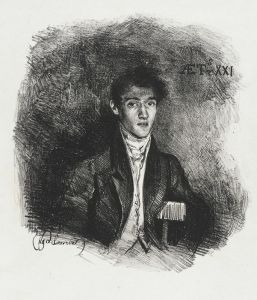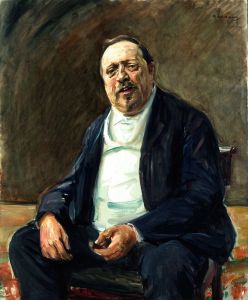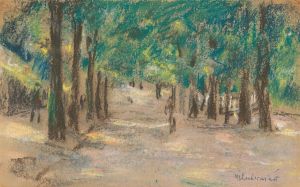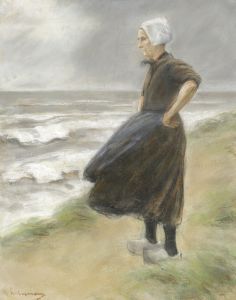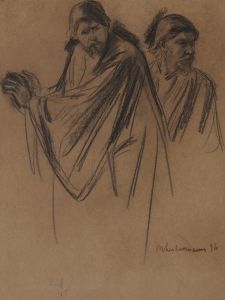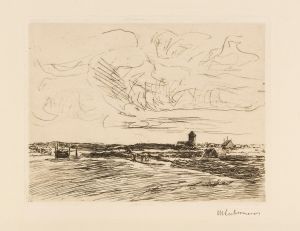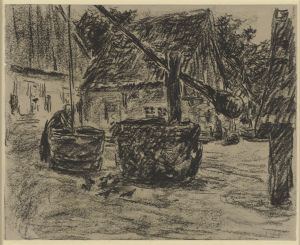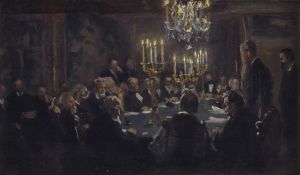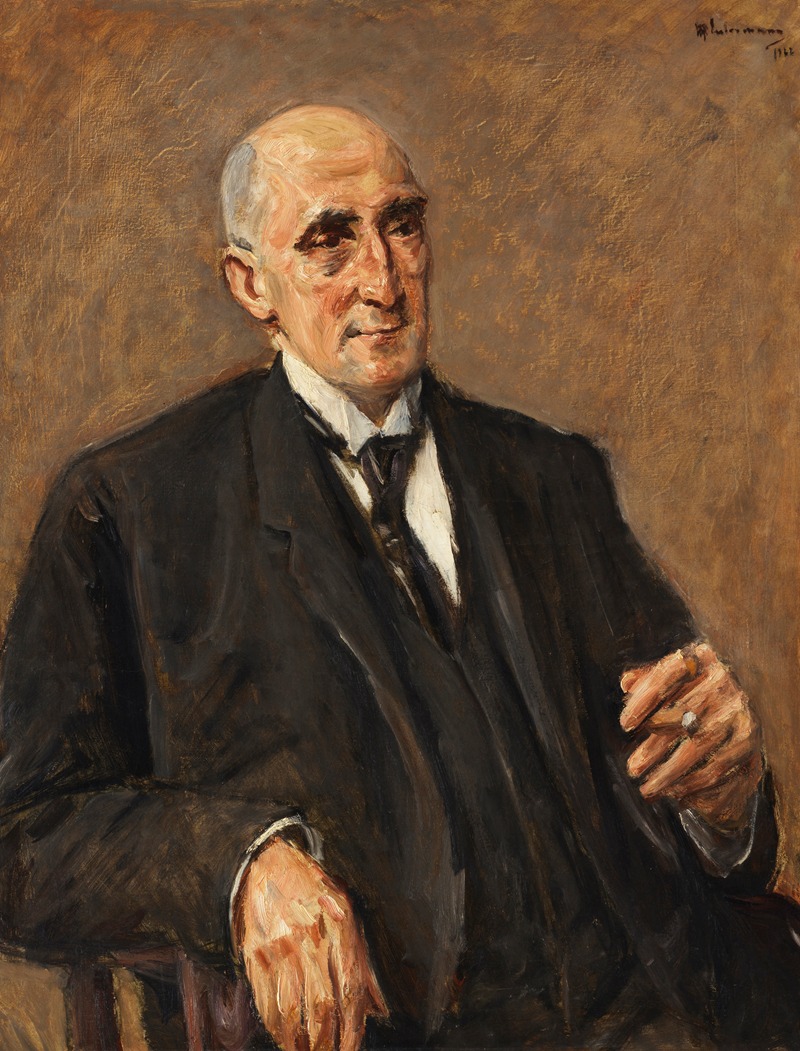
Bildnis des Textilfabrikanten Carl Lewin
A hand-painted replica of Max Liebermann’s masterpiece Bildnis des Textilfabrikanten Carl Lewin, meticulously crafted by professional artists to capture the true essence of the original. Each piece is created with museum-quality canvas and rare mineral pigments, carefully painted by experienced artists with delicate brushstrokes and rich, layered colors to perfectly recreate the texture of the original artwork. Unlike machine-printed reproductions, this hand-painted version brings the painting to life, infused with the artist’s emotions and skill in every stroke. Whether for personal collection or home decoration, it instantly elevates the artistic atmosphere of any space.
Max Liebermann's painting Bildnis des Textilfabrikanten Carl Lewin (Portrait of the Textile Manufacturer Carl Lewin) is a notable work by the German Impressionist painter, created in 1917. Liebermann, one of the most prominent figures in German art during the late 19th and early 20th centuries, was well-known for his portraits, landscapes, and depictions of everyday life. This particular painting exemplifies his skill in capturing the personality and status of his sitters through his characteristic loose brushwork and attention to detail.
The subject of the painting, Carl Lewin, was a textile manufacturer, as indicated by the title of the work. Lewin was part of the industrial and entrepreneurial class that played a significant role in Germany's economic development during the late 19th and early 20th centuries. Liebermann frequently painted members of the bourgeoisie, reflecting their social and economic prominence during this period. The portrait likely served as a commissioned work, a common practice for Liebermann, who was highly sought after for his ability to portray his subjects with dignity and realism.
In the painting, Lewin is depicted seated, dressed in formal attire, which underscores his professional and social standing. Liebermann's use of light and shadow, as well as his subtle color palette, enhances the sense of realism and depth in the portrait. The artist's Impressionist style is evident in the fluidity of the brushstrokes, which lend a sense of vitality and immediacy to the work.
Max Liebermann was a leading figure in the Berlin Secession, an art movement that sought to break away from academic traditions and embrace modern artistic approaches. His work, including Bildnis des Textilfabrikanten Carl Lewin, reflects his commitment to capturing the essence of his subjects while employing innovative techniques that distinguished him from his contemporaries.
The painting is part of Liebermann's extensive body of portraiture, which includes depictions of prominent figures from various fields, such as science, politics, and the arts. These works not only highlight Liebermann's technical skill but also provide a glimpse into the cultural and social milieu of his time.
As of now, the current location of Bildnis des Textilfabrikanten Carl Lewin is not widely documented in public records. It is possible that the painting remains in a private collection or is housed in a museum or gallery, though specific details are unavailable.





